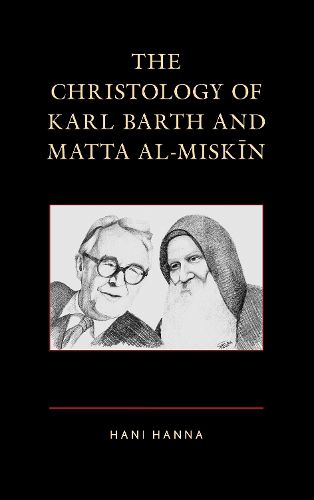Readings Newsletter
Become a Readings Member to make your shopping experience even easier.
Sign in or sign up for free!
You’re not far away from qualifying for FREE standard shipping within Australia
You’ve qualified for FREE standard shipping within Australia
The cart is loading…






In The Christology of Karl Barth and Matta al-Miskin, Hani Hanna argues that two of the most renowned theologians of the twentieth century, Karl Barth and Matta al-Miskin (Matthew the Poor), redefine the reality of God and humanity christologically in similar ways. Both theologians achieve this redefinition using historical rubrics that are closer to Scripture than the traditional metaphysical categories borrowed from Greek philosophy. Rooted in their respective Reformed and Coptic Orthodox traditions, their works can be placed in a dialogue that takes into account modern concerns about history, revelation, and human agency. By providing an in-depth analysis of both men’s christologies, Hanna also finds that Barth and Matta’s christological view of reality has implications for interfaith and intercultural dialogues today.
$9.00 standard shipping within Australia
FREE standard shipping within Australia for orders over $100.00
Express & International shipping calculated at checkout
Stock availability can be subject to change without notice. We recommend calling the shop or contacting our online team to check availability of low stock items. Please see our Shopping Online page for more details.
In The Christology of Karl Barth and Matta al-Miskin, Hani Hanna argues that two of the most renowned theologians of the twentieth century, Karl Barth and Matta al-Miskin (Matthew the Poor), redefine the reality of God and humanity christologically in similar ways. Both theologians achieve this redefinition using historical rubrics that are closer to Scripture than the traditional metaphysical categories borrowed from Greek philosophy. Rooted in their respective Reformed and Coptic Orthodox traditions, their works can be placed in a dialogue that takes into account modern concerns about history, revelation, and human agency. By providing an in-depth analysis of both men’s christologies, Hanna also finds that Barth and Matta’s christological view of reality has implications for interfaith and intercultural dialogues today.